A shortage of power outlets or short power cables in the house can lead people to use extension cords. While they can work for low-wattage devices, such as phone chargers, laptops, etc., they can pose a safety issue if used for high-power appliances. Can you use an extension cord for a microwave? Generally, it is not recommended unless necessary.
If you want to use an extension cord anyway, you can do so while keeping some safety guidelines in mind. However, if you are hosting a party in your backyard with no electrical outlet, you can eliminate the need for an extension cord with a solar generator. Jackery Solar Generator is an ideal choice for such scenarios.
This article will guide you on using an extension cord for a microwave and offer safer alternatives.
Key Takeaways
- According to the U.S. Consumer Product Safety Commission, it is not recommended, but you can use an extension cord for a microwave under some conditions.
- You need an extension cord of thickness between 16AWG and 10AWG to use it with a microwave.
- Do not cover the extension cord with a rug to ensure safe usage.
- Jackery Solar Generator can be an essential home backup, powering your microwave without an extension cord.
Can You Use Any Extension Cord for a Microwave?
No, extension cords are not recommended for permanent use, but they can be used temporarily under certain conditions. According to the National Fire Protection Association, “The appliance or tool that you are using the cord with will have a wattage rating on it. Match this up with your extension cord, and do not use a lower rating cord.”
There are three types of extension cords that you can use for several devices in your home.
Light-Duty Cords
Light-duty cords are basic extension cords similar to lamp power cords. Usually, these cords have only two prongs without grounding prongs, making them unsafe for use with high-wattage devices or appliances. However, they are suitable for running lamps, clocks, etc.
Some standard sizes of light-duty cords are 18AWG and 16AWG. AWG stands for American Wire Gauge, which is different for wires of varying thickness. A thicker wire has a higher ampere rating, allowing more current to flow without damage. The ampere rating for light-duty cords is not more than 7 amperes.
Medium-Duty Cords
Medium-duty cords are a level up from light-duty extension cords. They support devices with medium power capacity, such as televisions, speakers, computers, media players, etc. Unlike light-duty cords, they have a grounding conductor, making them safer.
The gauge for these cables is 14AWG, and the ampere rating is 10A and below.
Heavy-Duty Cords
Heavy-duty extension cords are the top-tier category. They are made from heavy-duty materials that can easily withstand harsh outdoor conditions, including moisture, heat, abrasion, etc. These types of cords can be used for a microwave.
The gauge for these cords is 14AWG to 10AWG, and the ampere rating is 10 to 15 amps. This type of extension cord is also a three-wire grounding type appliance cord.
What Size Extension Cord Do You Need for a Microwave?
To determine the right extension cord size, you must understand how many amps a microwave uses. The amperes required by the microwave depend on its type. There are three types of microwaves: compact (600W to 800W), standard (600W to 1200W), and larger (1200W+).
On average, a microwave consumes 10-15 amperes. The size of the extension cord varies from 18AWG (thinnest) to 10AWG (thickest). The more amperes, the thicker the extension cord will be. To calculate a safe amp, you can divide the wattage by 120V. The average surge wattage of a microwave is 1.5 to 2 times the appliance's wattage.
|
Microwave Type |
Avg Wattage |
Surge (Watts) |
Safe Amp Draw |
Min Cord Gauge |
Cord Safe? |
|
Compact Microwave |
600W |
900 to 1200 |
5A (surge amps: 7.5- 10A) |
16AWG |
Yes, if temporarily used and has the mentioned gauge value. |
|
Standard Microwave |
800W |
1200 to 1600 |
6.6A (surge amps: 10- 13.3A) |
14AWG |
Yes, if temporarily used and has the mentioned gauge value. |
|
Larger Microwave |
1200W |
1800 to 2400 |
10A (surge amps: 15- 20A) |
12AWG |
Yes, if temporarily used and has the mentioned gauge value. |
You must check the wattage of the microwave you are running before connecting it to the main supply via an extension cord. Connecting the cord with a lower rating can lead to overheating and fire hazards.
Government Warnings on Extension Cords and Microwaves
Several warnings, guidelines, and conditions apply when using an extension cord with a microwave. Two government agencies have described safety guidelines for this use.
U.S. Consumer Product Safety Commission (CPSC)
According to the U.S. Consumer Product Safety Commission (CPSC), extension cords should not be used unless necessary.
- If you are using an extension cord, go for the one with a thickness of 16AWG or less. These cords are thicker and allow more current to flow through them.
- Check if a recognized national testing laboratory lists the cords. They should be as per Publication 5032.
- Always use 3-wire extension cords for appliances that have 3-prong plugs
- You should never overload the cords by plugging in appliances that draw more watts than the cord rating.
- Ensure heat release by keeping the cord uncovered by a rug or carpet.
NFPA (National Fire Protection Association)
According to the NFPA, extension cords are only suitable for temporary use and should not be used to connect an essential appliance, such as a refrigerator, AC, space heater, etc. Even if you use them temporarily, you must follow some guidelines.
- Do not use the extension cord for more than one appliance simultaneously.
- Match the appliance's rating with your extension cord, and do not use a cord with a lower rating.
- Never use three-prong plugs with outlets that only have two slots for the plug.
- Use cords only approved by an independent testing laboratory.
- Do not substitute extension cords for permanent wiring.
Use Cases for Microwave Extension Cords and Their Safer Alternatives
If you have to use a microwave through an extension cord, you can do so by keeping the described guidelines in check. Check out these microwave extension cords' use cases and their alternatives.
Scenario 1: Microwave in a Temporary Outdoor Event
Suppose you must use a microwave with an extension cord in a temporary outdoor event. In that case, it must be labeled for outdoor use and plugged into an outlet protected by a ground-fault circuit interrupter (GFCI). Do not cover the extension cord with a rug or mat, as this prevents heat dissipation.
Rather than getting into this hassle, you can invest in a Jackery Solar Generator. You can plug the microwave directly into the generator without any extension cord. As the generator has high power capacity, you can connect other devices, such as your music system, phones, lights, etc.
Scenario 2: Garage Microwave, Far From Main Outlet
If you want to power a microwave in your garage where the main outlet is far away, use an extension cable. Make sure that the extension cable has the required length and gauge value. For example, an extension cord of 25 feet in length and 12AWG thickness is ideal for powering a microwave in the garage. You can also go for a 50-foot or a 100-foot cord, but the gauge value should be the same.
Best Alternative to Extension Cords for Microwave
You can use an extension cord for a microwave, but only temporarily and while keeping some guidelines and safety tips in mind. In contrast, you can use a solar generator to power the microwave. A solar generator eliminates the need for an extension cable as the microwave can be directly connected.
Jackery is a renowned solar brand that manufactures world-class solar products, including solar generators, solar panels, and portable power stations. Using solar generators to power a microwave has three benefits. First, there is no need for an extension cable. Second, you can move the portable generator anywhere to power the microwave. Third, it prevents fire hazards while saving on power bills.
Jackery Solar Generator 5000 Plus
Jackery Solar Generator 5000 Plus is an essential home backup that is ideal for powering your microwave for a few hours. If you use the generator to power the microwave for an outdoor party, you will not have to deal with unnecessary sound as it operates at a low (30dB) noise level. If you want to use it for an extended duration, you can use the Jackery SolarSaga Solar Panels that come along with the generator. The generator is also portable with roller wheels and a pull rod, making it easy to move across the house or in the yard.
Appliance Running Time
- Microwave Oven (1200W) = 3.4H
- Water Heater (2000W) = 2.1H
- Space Heater (1500W) = 2.8H
- Vacuum Cleaner (1200W) = 3.4H
- Bench Grinder (1000W) = 4.1H

Customer Review
“This is awesome. I am able to power my entire house for up to 15 hours. Great for power outages.” - Ivan.
Jackery Solar Generator 2000 Plus
Jackery Solar Generator is a reliable power source for your microwave. You can use the generator for your backyard family get-together or a night out where you need a microwave. It can eliminate the need for an extension cable to power the microwave, ensuring safety from fire hazards and allowing extended use when required.
Appliance Running Time
- Microwave Oven (1200W) = 1.4H
- Electric Kettle (900W) = 1.9H
- Drill Machine (1000W) = 1.7H
- Air Compressor (1500W) = 1.1H
- Electric Grill (1800W) = 1.0H

Customer Review
“Just unboxed my new Jackery SolarGenerator 2000+. Packaging is superb. Very easy to understand instructions. Was plugged in and charging within just minutes, literally. I am happy to have this for safety and security.” - JSY.
FAQs
What happens if you plug a microwave into an extension cord?
If the extension cord's rating matches that of the microwave or is higher than that, the microwave will run smoothly. If not, it may overheat and cause a fire hazard.
Can you safely use an extension cord with a microwave?
Yes, you can use an extension cord with a microwave, provided you take care of the extension cord rating, the microwave's amperage, and the cord's thickness.
Is my extension cord safe for the microwave?
The average microwave wattage is 800-1200 watts, and the extension cord required for such a microwave must be between 16AWG and 10AWG. If your extension cord has the required thickness, it will work.
Are extension cords that are safe to use with high-wattage appliances (e.g., a microwave) exist?
Yes, extension cords with a thickness between 16AWG and 10AWG are ideal for high-wattage appliances such as microwaves.
What should never be plugged into an extension cord?
Several devices, such as microwaves, space heaters, and refrigerators, should not be plugged into an extension cord for long periods.
Conclusion
Can you use an extension cord for a microwave? It is not recommended, but if you need to use one, there are some conditions and guidelines to follow. However, instead of going through the tediousness of trying to plug an extension cord into your microwave, you can also use a solar generator to power the microwave. This is where the Jackery Solar Generator comes in. It is ideal for this purpose as it cancels the need for an extension cable. You can connect the microwave and other devices to the generator to ensure safety and reduce energy bills.

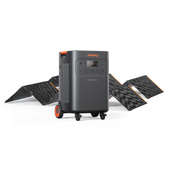
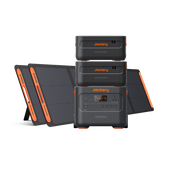
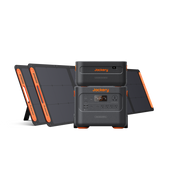

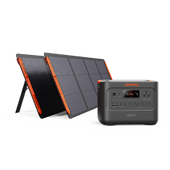

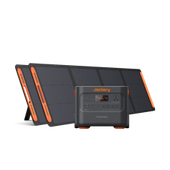
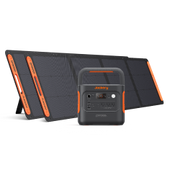

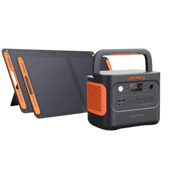
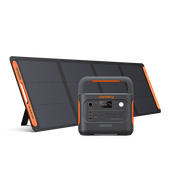
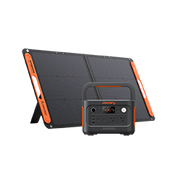

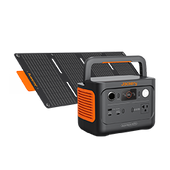
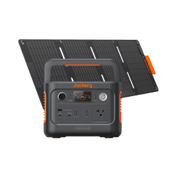
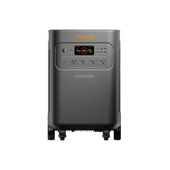


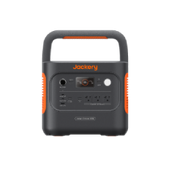
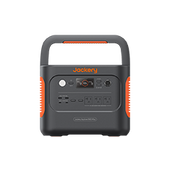
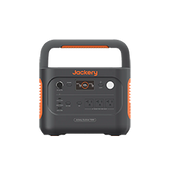
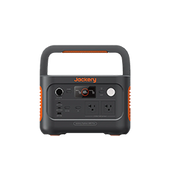
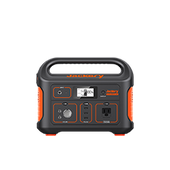
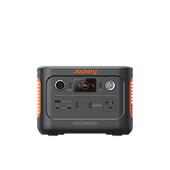

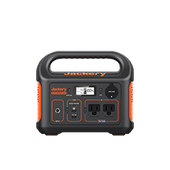
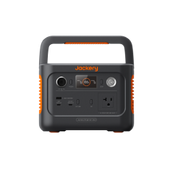
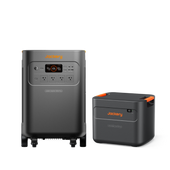
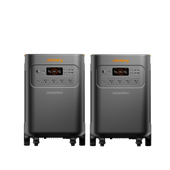
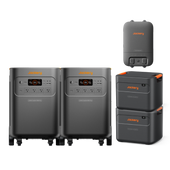
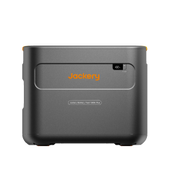
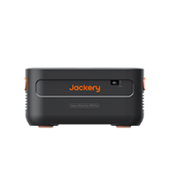
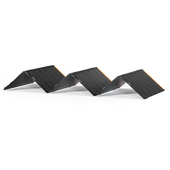
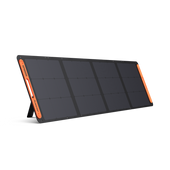
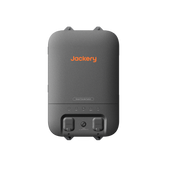
![[Add-on] Jackery Manual Transfer Switch for Explorer 5000 Plus](http://www.jackery.com/cdn/shop/files/800x800-2_5b90d3ab-246e-4679-affe-e7c6949f9c27.png?v=1744356904&width=170)
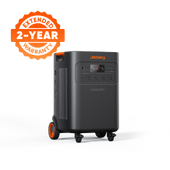
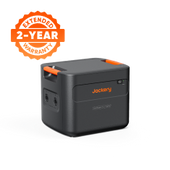
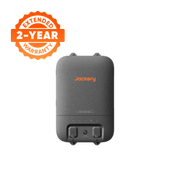
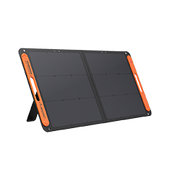
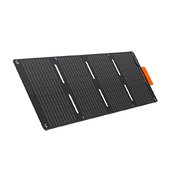
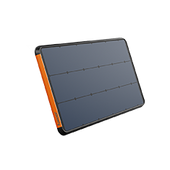
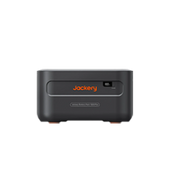

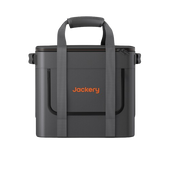

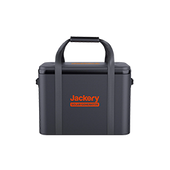

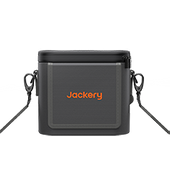
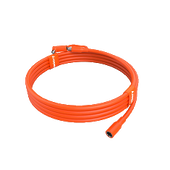
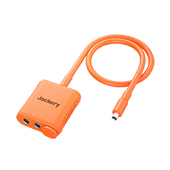
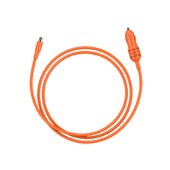
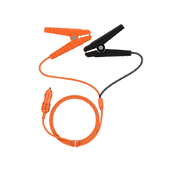
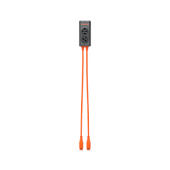

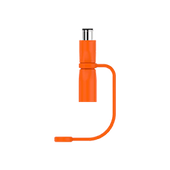
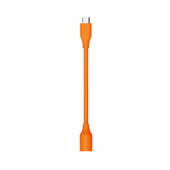
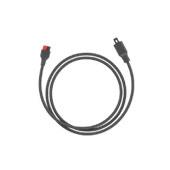
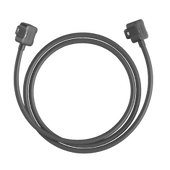
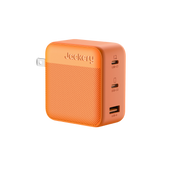
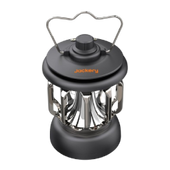


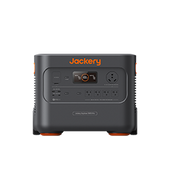

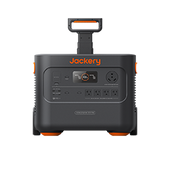
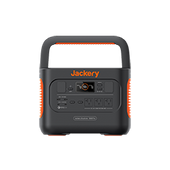
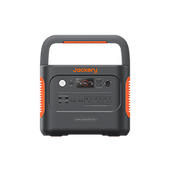
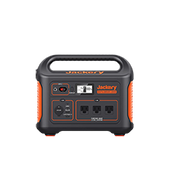
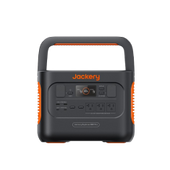
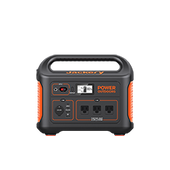
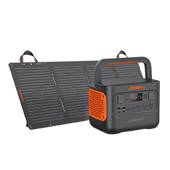
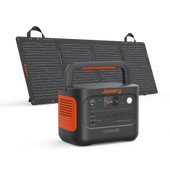
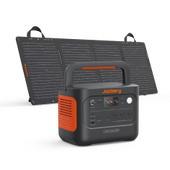
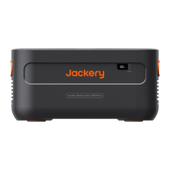
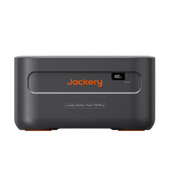


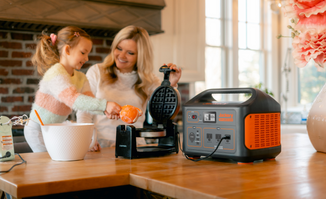
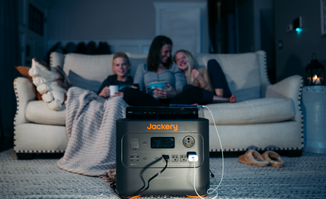

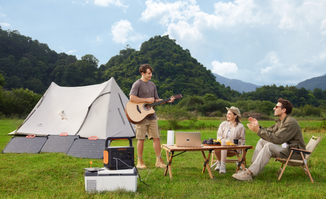
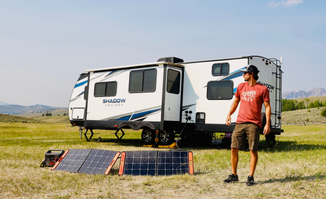


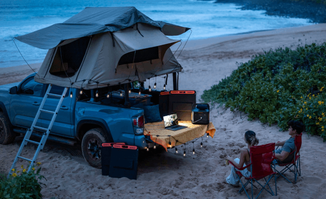
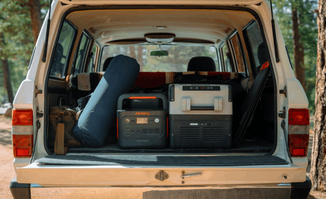




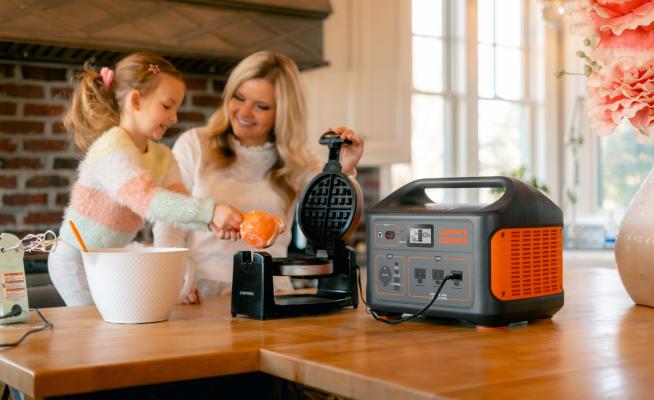
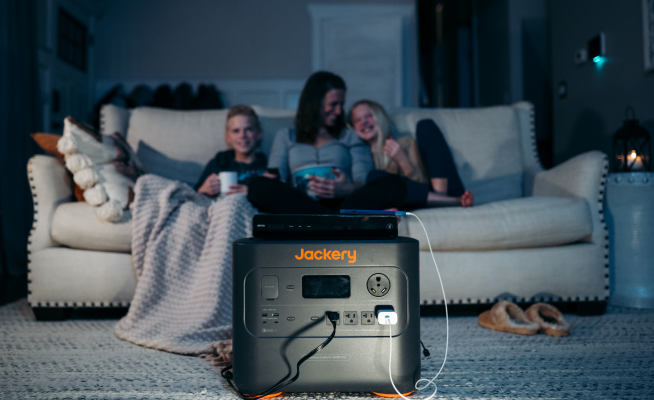


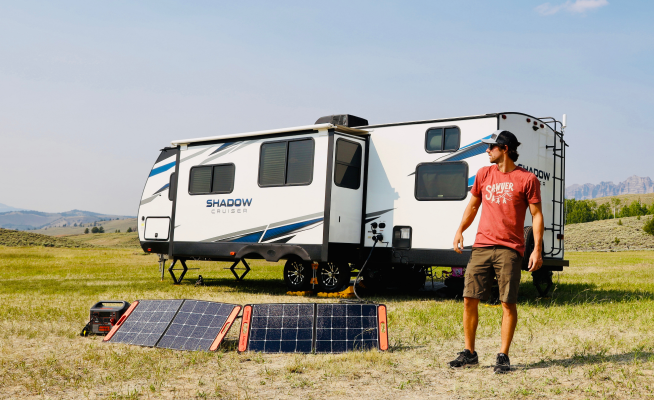

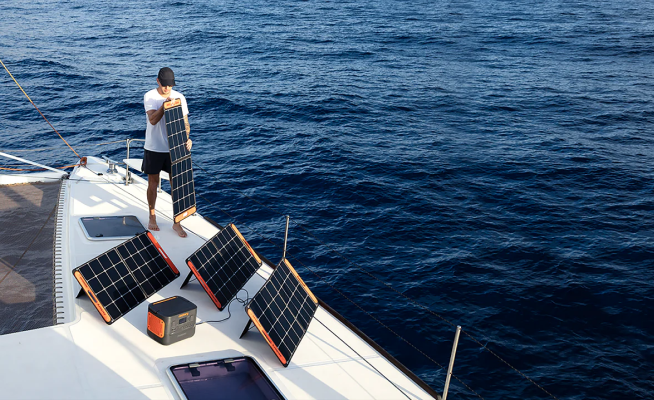
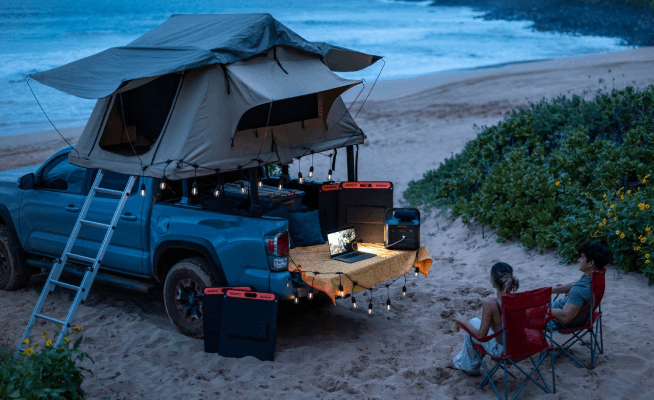
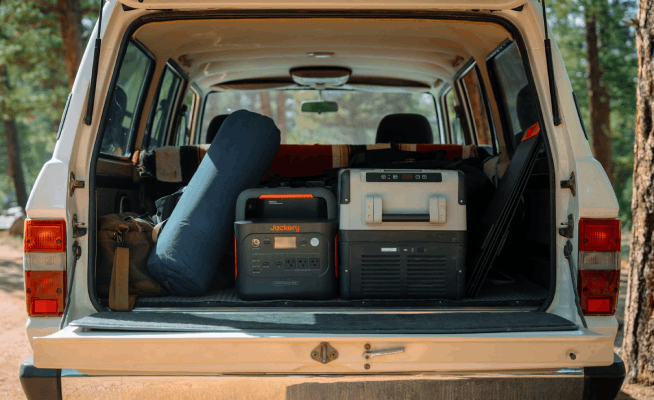

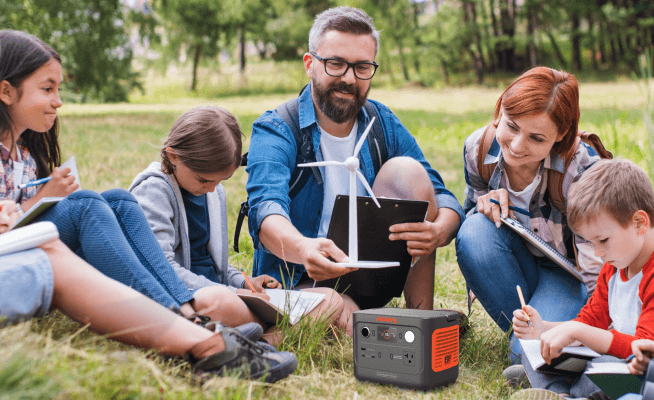





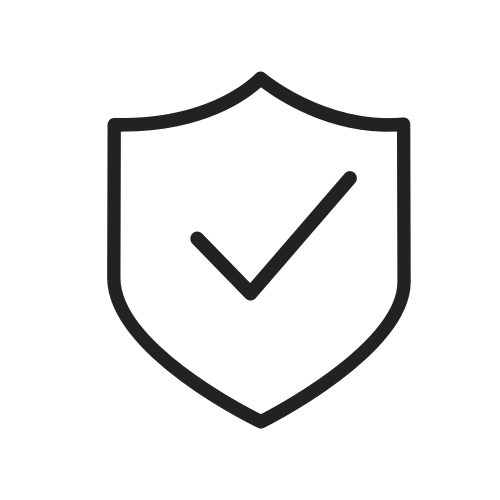







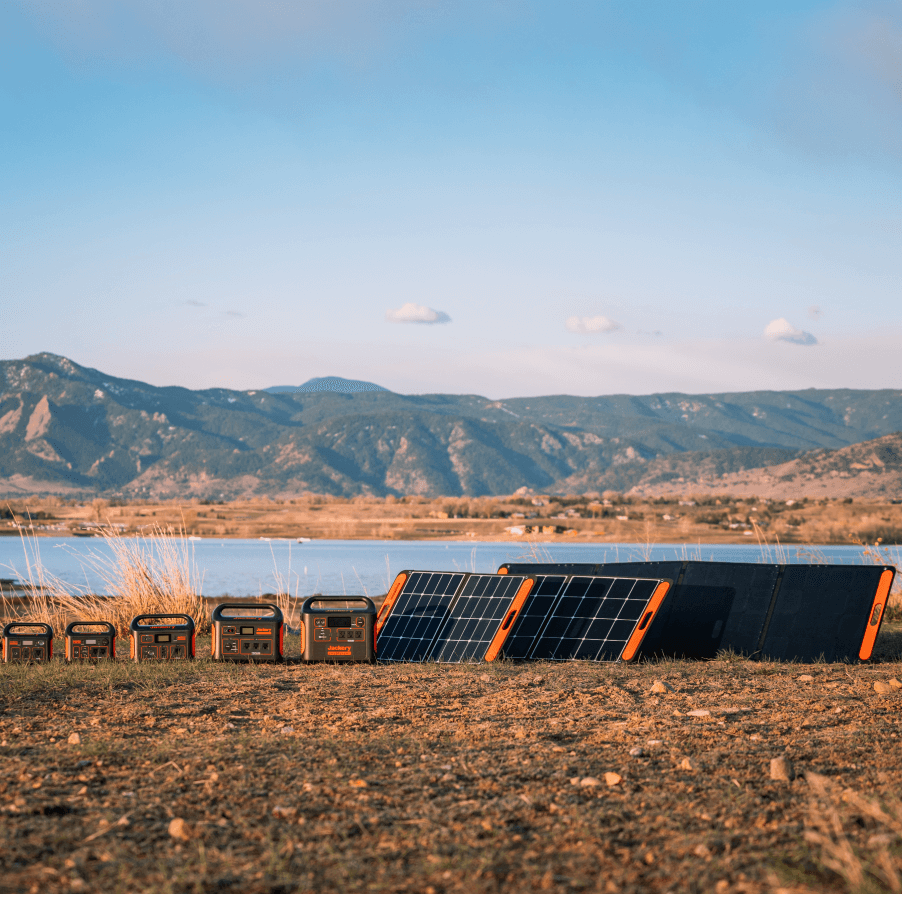

Leave a comment